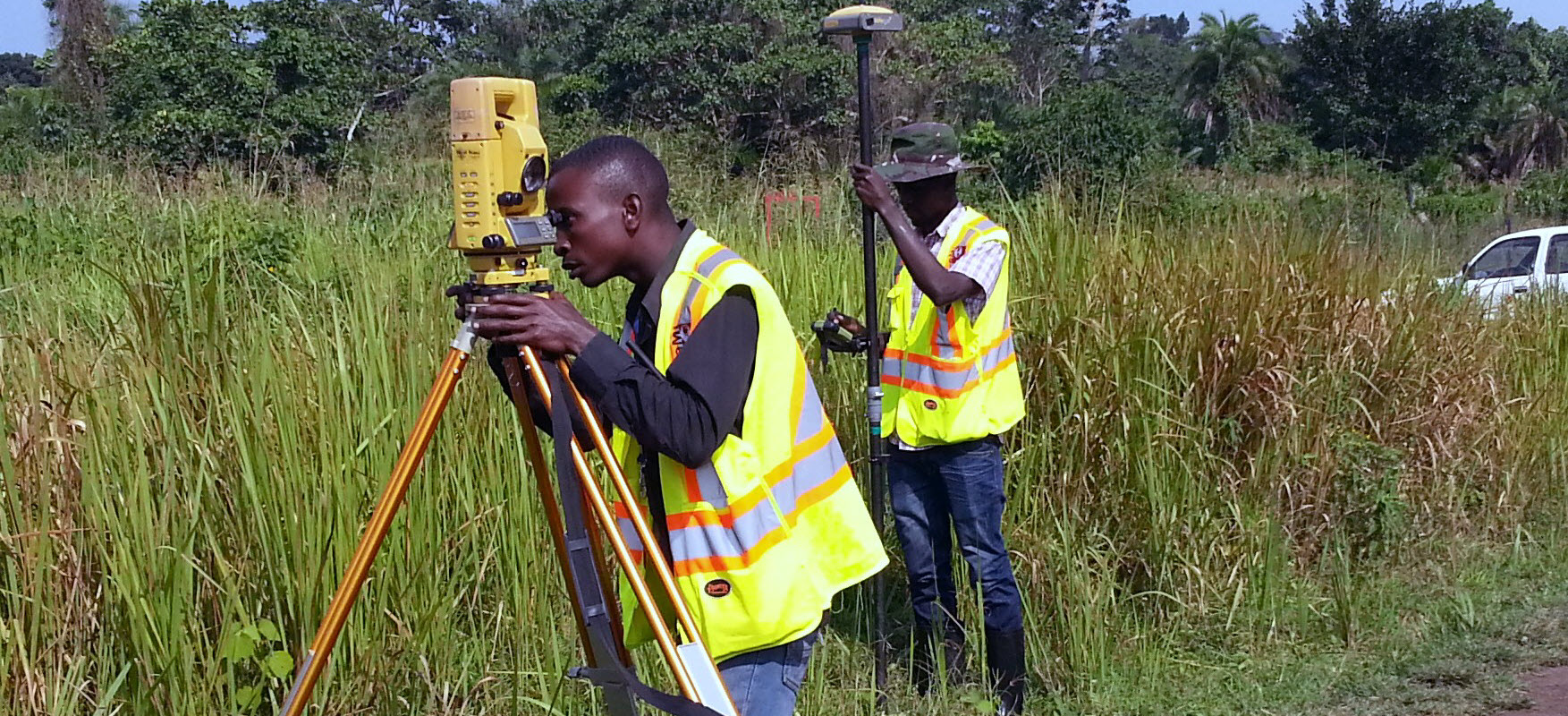In the globe of
land surveying, the thorough art of mapping and gauging land holds an essential role in different elements of residential or commercial property possession, advancement, and lawful conformity. Comprehending the value of land surveying is not just suggested, however important for anyone involved in actual estate, building, or ecological preparation. Through this comprehensive technique, specialists can establish boundaries, identify easements, and analyze the topography of an offered location, providing important understandings for decision-making procedures. Diving into the world of land studies opens up a variety of information and insights into the land below our feet. From stopping lawful disagreements to sustaining metropolitan preparation and development, the influence of accurate land evaluating reverberates throughout sectors. By discovering various survey kinds, the tools and innovations made use of in the field, and the arising trends changing conventional practices, one gets a much deeper appreciation for the intricate work of surveyor. Kinds Of Land Surveys When it involves land surveys, there are different kinds that offer various objectives. Boundary studies are performed to establish the precise boundaries of a property, outlining where one's land begins and ends. This type of survey is important for preventing border conflicts with neighbors and making sure residential or commercial property lines are properly determined. Topographic studies, on the other hand, emphasis on mapping the terrain of a details item of land.
By outlining the elevation modifications, all-natural functions, and synthetic frameworks on the residential property, topographic studies supply useful info for layout and advancement jobs. They aid architects and engineers recognize the land's present problems before preparing building and construction. Another usual type is the ALTA/NSPS survey, which is a detailed study that abides by certain requirements set
forth by the American Land Title Association and the National Society of Professional Surveyors. This type of study is usually needed for business genuine estate transactions and provides in-depth details on borders, easements, encumbrances, and renovations on the residential or commercial property. https://didyouknowhomes.com/preparing-to-sell-your-home-our-checklist/ of GIS in Modern Land Surveying GIS, or Geographic Information Systems, play a critical function in modern-day land evaluating.
By leveraging innovative mapping modern technologies and
spatial data evaluation, GIS devices provide useful understandings into land qualities, borders, and surface functions. Surveyors can overlay different information layers, such as residential or commercial property borders, altitude information, and land cover kinds, to create comprehensive maps for exact checking evaluations. One key advantage of GIS in land surveying is the ability to boost decision-making procedures by picturing complicated geographical details in a straightforward style. Surveyors can evaluate several information collections simultaneously, recognizing patterns and connections that may not appear with conventional checking approaches alone. This integrated method enables for even more informed preparation and design techniques, bring about a lot more efficient land usage and growth. Furthermore, GIS innovation allows seamless partnership amongst evaluating groups, job stakeholders, and decision-makers. By sharing interactive maps and information layers in real-time, all events entailed can have a combined

understanding of the checking procedure, job objectives, and potential difficulties. This structured interaction promotes openness and efficiency in land surveying jobs, inevitably adding to effective results. The Future of Land Surveying In the rapidly developing field of land surveying, technical advancements are leading the way in the direction of a lot more efficient and exact checking methods. Advancement in drone technology is revolutionizing the means studies are performed, enabling airborne information collection with
precision and rate. Drone studies offer faster task conclusion, increased security for property surveyors, and boosted data visualization capacities, shaping the future of land checking practices. Additionally, the integration of Geographic Information Systems(GIS )is playing an essential function in enhancing data management and evaluation in land checking. By using the power of GIS, property surveyors can develop thorough maps, track modifications with time, and make educated decisions based on spatial information. The use of GIS is anticipated to continue expanding, offering important understandings for property growth, environmental planning, and facilities jobs. Looking ahead, the future of land surveying is likewise marked by a growing focus on sustainability and environmental conservation. Surveyors are increasingly tasked with recognizing and alleviating the effect of development on all-natural resources and habitats. By including ecological factors to consider right into surveying techniques, professionals are adding to the conservation of landscapes and communities for future generations, shaping a more ecologically mindful method to land surveying.
